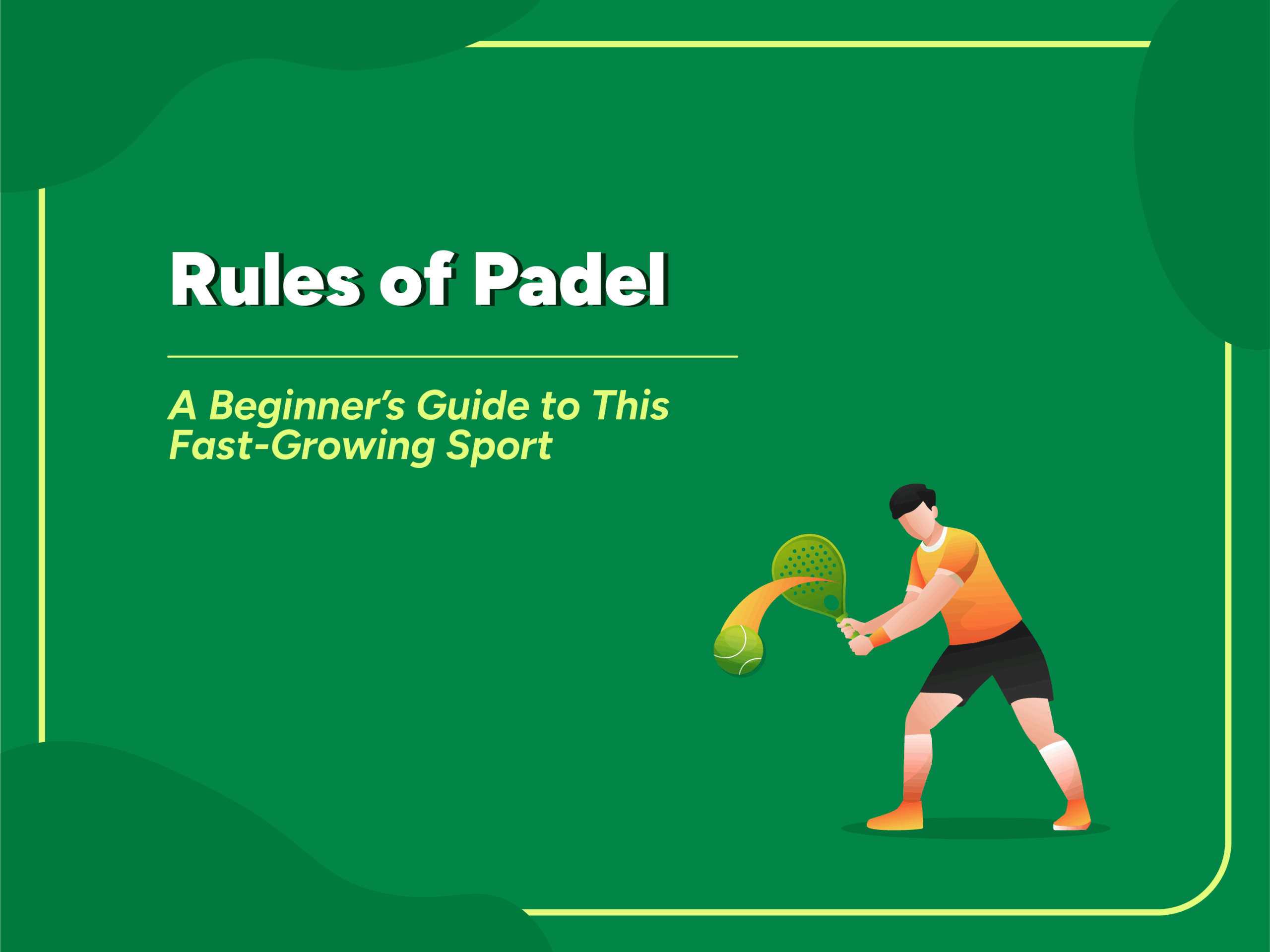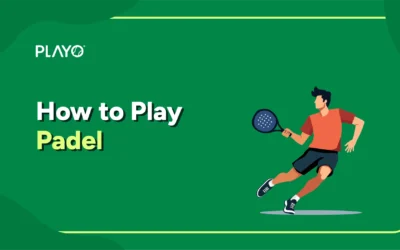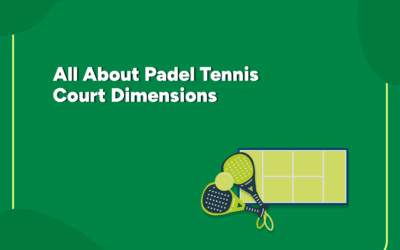Ever stumbled across a game where players hit a ball off walls, use smaller rackets, and the court looks like a glass cage? That’s not tennis. It’s padel! And it’s becoming one of the fastest-growing sports in the world.
But how exactly does padel work? And more importantly, what are the rules of padel?
If you’re new to the sport, confused by the walls, or wondering how it compares to tennis, don’t worry. This blog deconstructs the padel rules, how the game develops, and why it’s so addictive.
What is Padel?
Padel is a racket sport typically played in doubles (2 vs 2) on an enclosed court that’s smaller than a tennis court. It’s like a blend of tennis and squash; using walls is actually part of the game.
While it may look like a variation of tennis, padel tennis rules make the sport much more about positioning, quick reflexes, and smart teamwork. It’s less about power, more about fun.
If you’re comparing padel vs tennis, here’s the quick breakdown:
- Smaller court
- Always played in doubles
- Underhand serve
- The use of walls allowed
Sounds exciting? It is!
Padel Court & Equipment: Quick Setup
Before you learn to play, let me give you a fast tour of the padel environment:
- Court Size: A padel court is 10m wide and 20m long. It’s lined with a combination of glass walls and metal mesh.
- Net: A low net splits the court, just like in tennis.
- Walls: Players can hit shots using the back and side walls after one bounce.
- Racket: The padel racket is solid, shorter, and perforated, with no strings, unlike tennis.
- Ball: Like a tennis ball, but with a bit less pressure for a more controlled bounce.
This combination produces a special dynamic that prolongs rallies and favours strategy over brute strength.
Check out this image to see a comparison of the rackets used in padel, pickleball, tennis, and paddle tennis:
Rules of Padel: The Basics
Let’s get into the core rules of padel so you know exactly what to expect when you step on the court.
- Doubles Format: Padel is played between four players, two per team.
- Serve Must Bounce: The serve has to bounce once on the ground before hitting the glass or wall.
- Wall Play: After the bounce, the ball can rebound off any of the glass walls and still be in play.
- No Direct Wall Shots: You can’t hit the ball directly onto the wall to send it to the opponent’s side. That’s a fault.
- Volleying is allowed: You can hit the ball before it bounces, except during the return of serve.
- Out-of-Bounds: If the ball hits the metal mesh or goes outside the court, it’s out.
Scoring System in Padel
Scoring System in Padel
Padel follows the same basic scoring format as tennis, but with a few small twists you should know.
- Points go: 15 – 30 – 40 – Game
- Win 6 games to take a set
- Best of 3 sets is the standard match format
- At 6–6, a tiebreaker is played to decide the set
However, there are some key differences:
- No “let” on serve: If your serve clips the net and lands in the service box, the point continues, unlike tennis, where you replay the serve.
- Underhand serve only: You must bounce the ball and hit it below waist height.
- Wall rebounds are in play: After the ball bounces, it can hit the glass or mesh walls and still be playable, something unique to padel.
Even if you haven’t played tennis before, padel scoring is easy to grasp once you’re on the court. The game moves quickly, and the structure helps keep things competitive and fun.
Serve Rules in Padel
This is where things really differ from tennis. In padel, the serve is always underhand.
- You must let the ball bounce once before hitting it.
- The ball must be hit below waist level.
- It must land in the opposite diagonal service box.
- If the ball hits the net and lands correctly, it’s a let; replay the point.
- Players get two chances to serve, just like tennis.
A clever serve is more useful than a powerful one. Placement and angle matter more than strength.
Suggested Reads: 7 Things You Need To Know About This Upcoming Sport called PADEL
Unique Padel Rules You Might Miss
The following are some unusual (but essential) padel rules that will catch new players by surprise:
- Walls are your ally: After the ball bounces, it may rebound off the glass wall and remain playable.
- Metal mesh = out: If the ball bounces off the metal fence or mesh, it’s out.
- Rebounds can save you: Rebounds can rescue you: If the ball bounces off the glass and returns to your side, you can send it back (just pros generally accomplish this).
- Jumping out to hit the ball is legal: In some courts with open gates, players are allowed to chase the ball outside the court and return it. (Wild, right?)
Why Is Padel So Popular?
A few reasons why padel is gaining love across the globe:
- It’s easier to learn than tennis
- Doesn’t require super strength or stamina
- Played in doubles, more social and less pressure
- The wall adds a fun twist that keeps the ball in play longer
- Great for age groups from kids to older adults
Whether you’re just starting out or picking it up as a new weekend sport, padel is seriously addictive (in a good way).
Final Thoughts
Now that you have the full rundown of padel rules, you’re good to go and hit the court with confidence.
Whether or not you’re crossing over from tennis or attempting a racket sport for the first time, padel is among the most accessible and fun options available.
So grab your padel racket, call a few friends, and book that first session. You’ll be hooked before you know it.
Ready to Play? Book a Padel Court Near You
Want to give it a try? Use the Playo app to:
- Book padel courts in your city
- Join a game or invite friends
- Monitor your play history and matches
- Connect with fellow sports enthusiasts
Also available on Google Play Store and App Store.




0 Comments